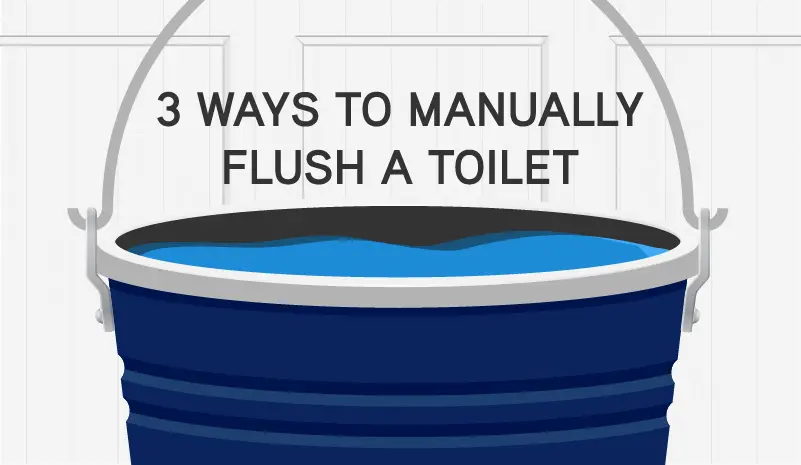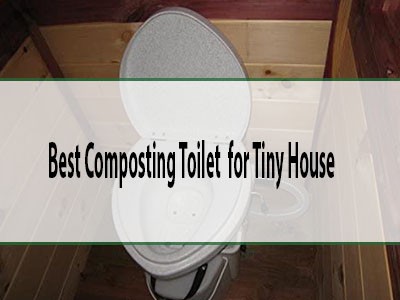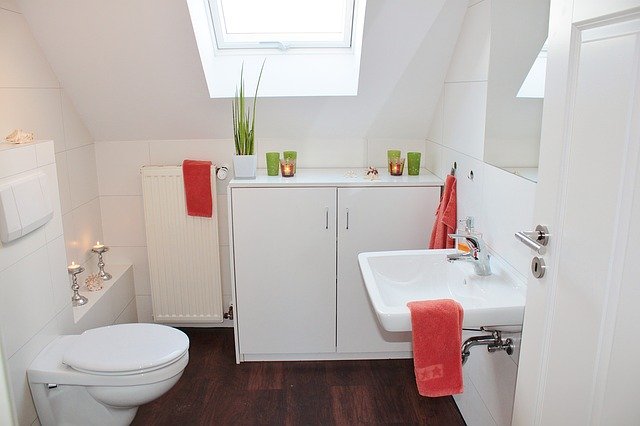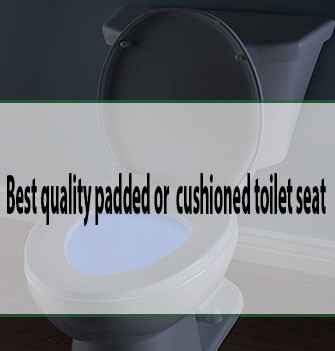Ever found yourself in a situation where the toilet just won’t flush? It’s frustrating, right?
Whether it’s due to a power outage, a broken handle, or any other unexpected issue, knowing how to manually flush a toilet can save the day. Imagine this: no more waiting for repairs or dealing with unpleasant odors. By taking a few simple steps, you can regain control over your bathroom situation.
In this guide, we’ll walk you through the process, ensuring you’re never caught off guard again. So, are you ready to master this handy skill and make your life just a little bit easier? Dive into this article to discover the practical steps you need.
Credit: www.physicsforums.com
Table of Contents
Gather Necessary Materials
Begin by getting a large bucket. A big bucket is important. Fill it with water. You need enough water to flush. A gallon or two is good. You may also need a smaller cup. Use it to pour water slowly. Lastly, have a toilet brush handy. It helps if there’s a mess. Always have these materials ready.
Turn Off Water Supply
First, locate the water valve. It is usually behind the toilet. Turn the valve clockwise to stop the water flow. This step is important. It prevents water from refilling the tank. Ensure the valve is tightly closed. Check it twice to be sure.
After turning it off, try flushing the toilet. This will empty the tank. If water still flows, check the valve again. Sometimes, it needs an extra turn. Now, your toilet is ready for a manual flush.
Empty The Toilet Tank
Turn off the water supply to the toilet. This stops more water from entering the tank. Look for a small valve near the base of the toilet. Turn it clockwise to close. Once the water is off, remove the tank lid. Place it gently on the floor to avoid breaking it. Use a sponge or towel to soak up water inside the tank. Squeeze the water into a bucket. Do this until the tank is empty. Removing all water helps you see inside. This makes it easier to work. Remember, tanks can be heavy. Lift with care to avoid hurting yourself.

Credit: www.mrrooter.com
Prepare A Water Source
Fill a bucket with water. Use clean water if possible. Pour the water quickly into the toilet bowl. The water’s force will flush the toilet. Ensure the water level is high enough. A full flush requires more water. Aim the water at the center of the bowl. This helps push waste down. Repeat if needed. Flushing may take a few tries.
Alternative Water Sources
Use the bathtub as a water source. Fill the tub and use a bucket. Rainwater can be collected for flushing. Keep a barrel outside during rainy days. Bottled water is another option. Check for stored water in the garage. Water left in sinks can also help. Use any clean water available.
Pour Water Into The Toilet Bowl
Pouring water into the toilet can help flush it. First, get a bucket. Fill it with about 2 gallons of water. Hold the bucket waist-high. Pour the water quickly into the bowl. This creates a strong flush effect. Make sure the water is poured all at once.
The right technique is important. Use a steady hand. Pour the water from the side of the bowl. Aim for the center. This helps the water move fast. A quick pour clears waste better. Avoid splashing water outside the bowl.
Sometimes, one pour is not enough. If needed, pour more water. Check if the waste is gone. Repeat the process if necessary. Make sure the toilet is clean. A clean toilet is important for hygiene. Always wash your hands after.
Restore Water Supply
First, check the water valve near your toilet. Turn it to the right to ensure it is fully open. This allows water to flow freely. If the valve seems stuck, try using a wrench carefully. Avoid breaking it. Next, lift the tank lid with both hands. Look inside the toilet tank. You will see a float and a chain. Make sure the chain is not tangled. Ensure the float moves up and down easily. If the float is stuck, gently tap it. This might fix the issue. Water should start filling the tank. If not, there might be a bigger problem. You may need a plumber for help. Flushing the toilet manually is simple but requires care.
Check For Proper Functioning
Always check for water leaks around the toilet. Leaks waste water and money. Look at the base of the toilet. Is there any water on the floor? Check the tank as well. Listen for a hissing sound. It might mean a leak. A leaking toilet can cause many problems. Fix it quickly.
Make sure the toilet flushes well. Press the flush handle down. Does the water swirl and go down fast? If not, there might be a clog. A good flush is key for a clean toilet. Sometimes, you might need to adjust the water level. Check inside the tank. The water should be an inch below the overflow tube. If it’s not, adjust the float.
Troubleshooting Common Issues
Manually flushing a toilet can be simple. Use a bucket of water to pour directly into the bowl. This creates enough force to flush without using the handle.
Persistent Blockages
Blockages can happen often in toilets. Toilet paper and other items can clog pipes. Use a plunger to clear the blockage. Place it over the hole and push down. Pull up quickly. Repeat until water drains. A plumber’s snake is also helpful. Insert it into the toilet and twist. This breaks up tough clogs. Avoid flushing too much paper at once. It keeps pipes clear.
Inadequate Water Levels
Low water levels can prevent proper flushing. Check the water valve. It’s usually near the floor. Turn it on fully. The toilet tank should fill with water. If not, the float ball might be stuck. Gently move it up and down. It should float freely. The fill tube might be loose too. Ensure it’s connected to the overflow tube. This helps maintain the right water level.
Maintenance Tips
Clean the toilet tank every month. This stops dirt and build-up. Use white vinegar to scrub the tank. It removes stains and smells. Remember to turn off the water first. This keeps you safe. A clean tank helps the toilet work well. It also saves water.
Check for leaks every week. Small leaks can waste a lot of water. Listen for unusual sounds. They can mean trouble. Inspect the flapper and chain. Make sure they are not broken. A quick check can prevent big issues later. Fix problems as soon as you spot them. This keeps the toilet in good shape.

Credit: www.tiktok.com
Frequently Asked Questions
How Do You Manually Flush A Toilet?
To manually flush a toilet, pour a bucket of water directly into the bowl. This action mimics the flushing mechanism, forcing waste down the drain. Ensure the water is poured quickly to create enough pressure for a complete flush. This method is useful when the tank isn’t functioning.
Can You Flush Without Running Water?
Yes, you can flush without running water. Use a bucket filled with water to flush the toilet. Pour the water swiftly into the bowl to simulate a regular flush. This can be done using water from other sources like a bathtub or bottled water if needed.
What Tools Are Needed For Manual Flushing?
No special tools are needed for manual flushing. You only need a bucket filled with water. Pour the water into the toilet bowl swiftly. This action mimics the usual flushing mechanism. It’s a simple yet effective way to flush when the tank is not working.
Why Might A Toilet Not Flush Automatically?
A toilet might not flush automatically due to a malfunctioning tank. Issues with the flapper or fill valve can disrupt the flushing process. Blockages in the plumbing can also prevent flushing. Manual flushing serves as a temporary solution until repairs are made.
Conclusion
Mastering manual toilet flushing is handy in tricky situations. It’s a simple skill. With these steps, you can manage without a flush handle. This knowledge is useful during water shortages or plumbing issues. Always remember to keep a bucket nearby.
Practice makes it easier over time. Share this guide with friends. They might find it helpful too. Don’t let broken toilets cause stress. Stay calm and use these tips. Keeping toilets clean is essential for health. A little effort goes a long way.
Embrace this technique and maintain peace of mind at home.






